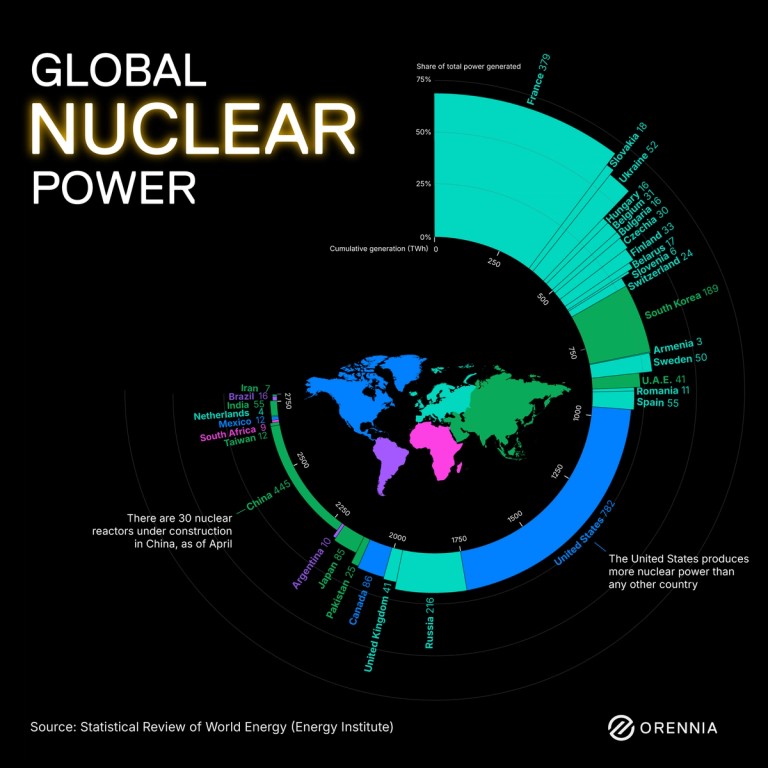How China’s Rare Earth Export Controls Are Impacting Global Supply Chains

Beijing has tightened export controls on a range of rare earth elements, using its near-monopoly on these critical minerals as leverage in response to US trade and technology restrictions.





